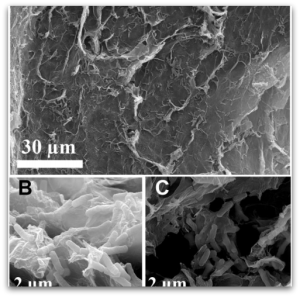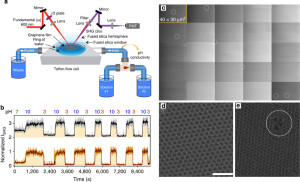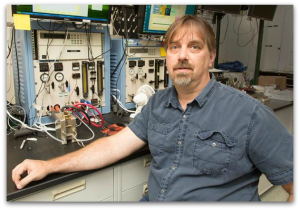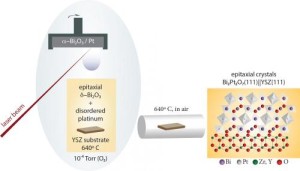
Image: Liz West
It doesn’t matter how green you thumb is, there will always be fruits and vegetables in your garden that just don’t quite make it. The same concept goes for commercial farms, where farmers accumulate tons of fruit and vegetable waste every year.
In fact, the state of Florida alone produces an estimated 369,000 tons of waste from tomatoes each year. But what if you could turn that waste into electricity?
That’s exactly what one team comprised of researchers from South Dakota School of Mines & Technology, Princeton University, and Florida Gulf Coast University are doing.
In order to produce the electricity, the team developed a microbial electrochemical cell that can use tomato waste to generate electric current.
“We have found that spoiled and damaged tomatoes left over from harvest can be a particularly powerful source of energy when used in a biological or microbial electrochemical cell,” says Namita Shrestha, a graduate student working on the project.
This from Tree Hugger:
The bacteria in the fuel cell trigger an oxidation process that releases electrons which are captured by the fuel cell and become a source of electricity. The tomatoes have proven to be a potent energy source. The natural lycopene in the tomatoes acts as a mediator to encourage electricity generation and the researchers say that while waste material usually performs poorly compared to pure chemicals in fuel cells, the waste tomatoes perform just as well or better.
While their first trial resulted in just 0.3 watts of electricity per 10 milligrams of tomato waste, the researchers believe that more trials will result in improved electricity generation.



![[Click to enlarge]](https://www.electrochem.org/wp-content/uploads/2015/09/Shu-ShengLi_Stable-high-index-Ni-YSZ-300x293.png)



